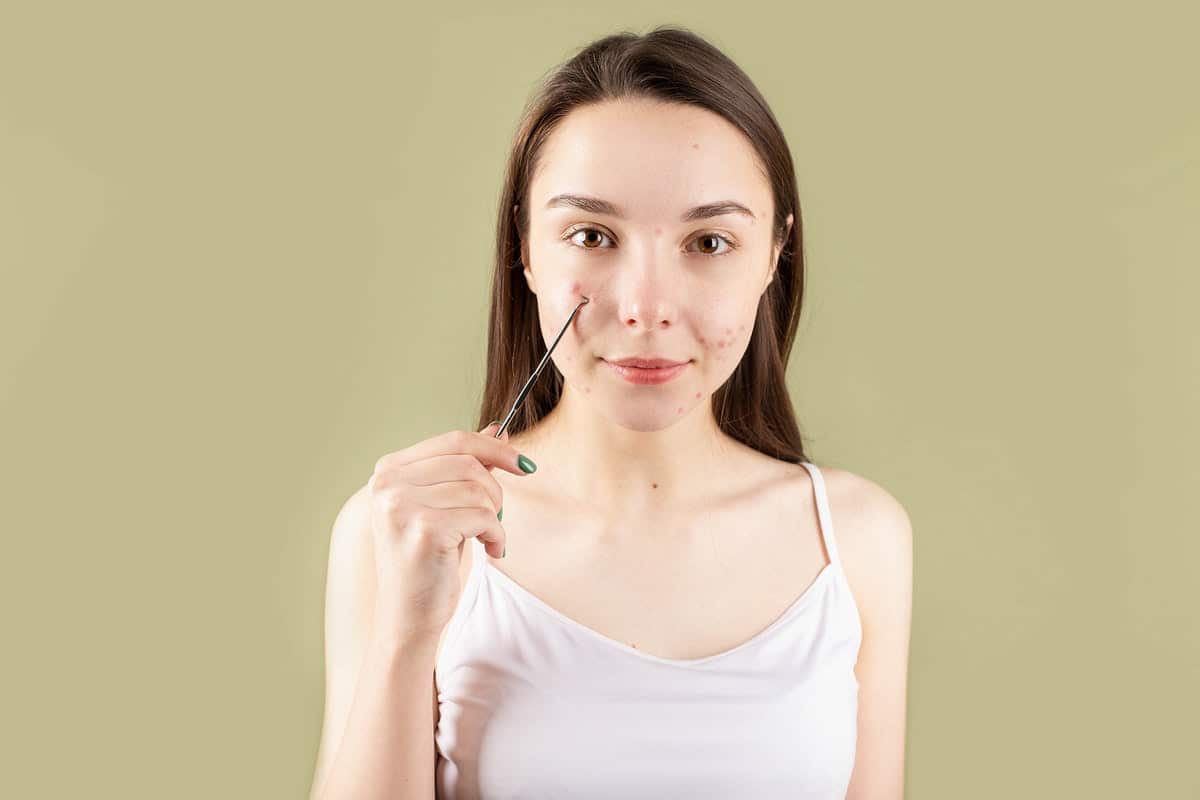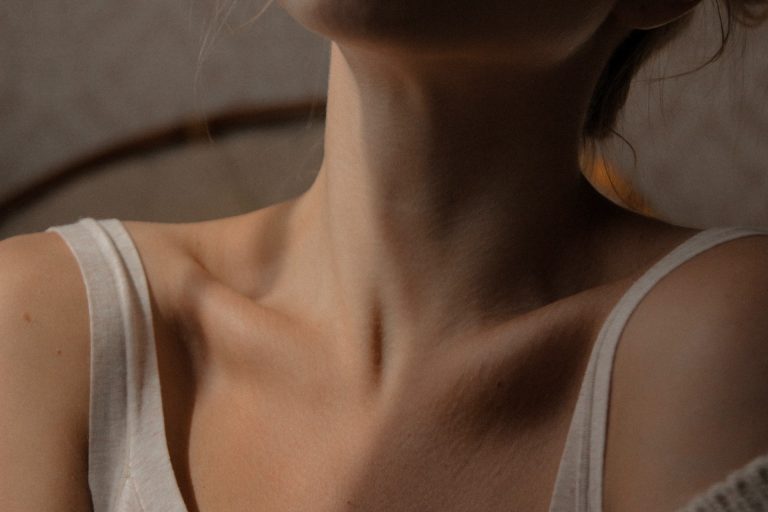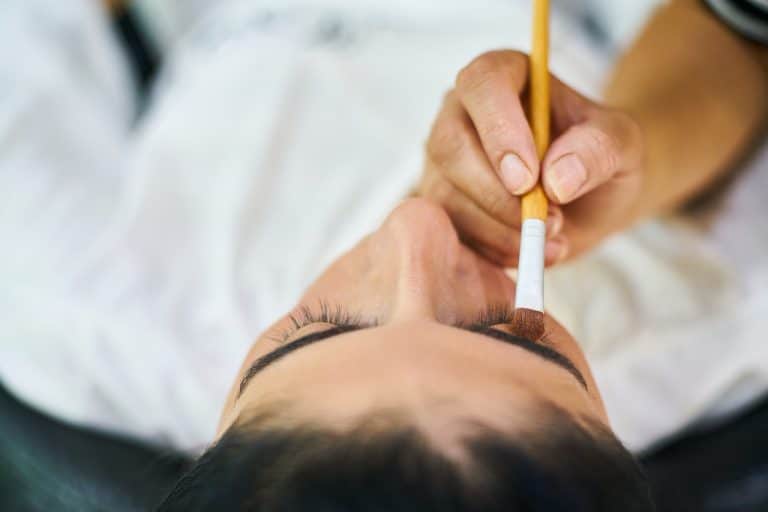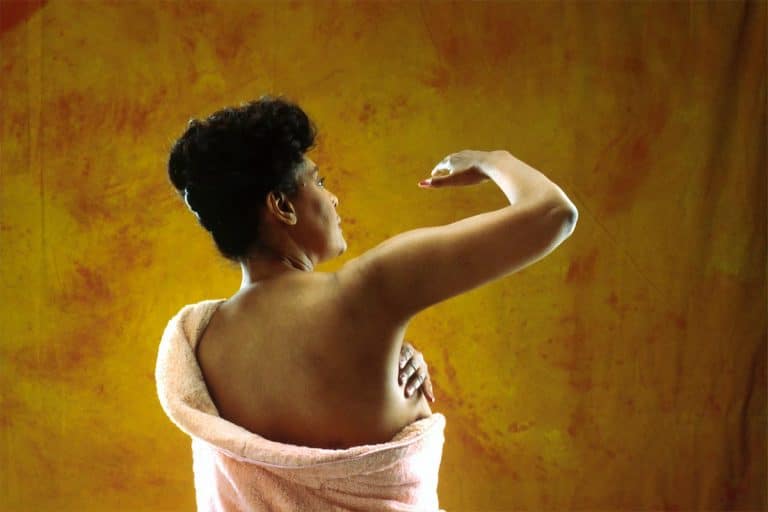Acne Scars Treatments Laser treatments are quite expensive and several other acne removal creams also need to be purchased. So we get a lot of queries how to get rid of acne scars completely without any scarring at all. With a little bit of patience and persistence, you will be able to fade away all your acne scars.
Are you trying to figure out how to get rid of acne scars that just won’t go away no matter what you do? Well, you are just one of the million people with the same problem. Most of us are forced to hide the scars or marks that acne has to leave behind. If these blemishes are not handled promptly and correctly, the scars have a better risk of appearing.
Luckily, there are safe, reliable, and effective ways to cure or manage acne scars. One of the most recommended treatments is a laser for acne scars which we will also tackle in this article I will tell you what you can do to get rid of acne scars naturally.
In This Article
Acne Scar Laser Treatments
Ablative and non-ablative laser therapies are the two types of laser treatments available. Simply placed, ablative lasers are a treatment that eliminates and extracts excess collagen from the skin’s outer layers. It functions by separating thin layers of skin from the body. The epidermis and dermis are the primary targets of ablative lasers.
Non-ablative lasers, on the other hand, aid in the blending of acne scars by heating the skin and stimulating collagen formation in the deeper layers. The dermis is the only part of the body that it affects. Instead of extracting scar tissue, it encourages connective tissue remodelling to improve skin conditions. For pigmentation and slight acne marks, these are the best options. There are, however, non-ablative therapies that can help to improve elevated wounds.
Edge One Fractional CO2 Laser
Edge One fractional CO2 Laser uses fine, barely noticeable beams that create minimal scabs and redness. It uses a highly concentrated laser beam to interact with the target tissue in an efficient manner. This treatment provides energy deep into the skin, which causes narrow ablation areas, so that heat does not reach the healthy tissues surrounding it. As the ultra pulses are very accurate, the surrounding tissues are not damaged.
In comparison to other laser treatments, Edge One Fractional Lasers are also significantly faster. This reduces the time exposure to heat for the skin. The usual fractional lasers cause patients roughness and scabs and may last three days a week.
Intense Pulsed Light (IPL)
Intense pulsed light treats pigmentation, rosacea, and minor sun damage effectively. This treatment procedure is most useful for hyperpigmentation after inflammation. It is a non-invasive, non-surgical laser procedure without anaesthesia that takes approximately 20 minutes. IPL uses light with high intensity, which heats specific areas. The short laser pulses provide an explosion of energy under the skin. This repairs the harm caused by the pigmentation of melanin and increases the body’s natural production of collagen.
INFINI
Radio- and micro-needling technologies are known for treating acne scars. INFINI uses both technologies, making it extremely efficient. The RF power is provided by isolated microneedles, with a depth of 0.5mm to 3.5mm. It promotes the remodelling of collagen, thus improving the scar tissue.
In contrast to other treatments, INFINI requires only less downtime despite the use of micro-needles. The isolated needle in which waves of radiation cross does not harm the surface of the skin. In deep scars like ice pick scars and rolling scars, this treatment also works best.
Pulsed Dye Laser
PDL also improves the look of depressed scars like icepicks, atrophic and box-car scars. The colour is used to create various colours, and the laser power is supplied through the skin layers in impulses. PDL is 595nm long and only absorbed in the target area by the blood cells and not by the surrounding tissue. This leads to less damage and faster recovery time.
PicoPlus Laser
This laser treatment offers heat to promote scar remodelling in a regulated and consistent manner. It uses a number of microbeam densities and dimensions to suit the state of the patient. Light pulses are applied deeply into the skin layer by layer for the production of micro-cavities within a specific region. The mechanism of natural cure that creates collagen and elastin in the body is triggered here. These fibres are the basis of good skin that looks younger.
Laser Treatments: Side Effects
Laser treatments for acne scars are generally considered a safe and minimally side-effective procedure. However, in comparison to non-ablative treatments, ablative laser treatments may come with more side effects and longer downtime.
Temporary redness during recovery time is a common side effect. Usually, after a few days, this is gone. The best way to cure this is to be gentle and leave your skin alone. Some may also experience mild swelling but will also decrease in a few days. Medicines for swelling are usually prescribed by the doctor.
Have you ever experienced acne? Acne can affect anyone, but if you are in your twenties then this might sound familiar. Acne is caused by oily skin, dead skin cells, or hair follicles. Some people have mild acne while others suffer from very severe acne with inflammation. The face is not the only part of the body that can be affected by acne, chest back and shoulders can also be affected. Severe acne scars left behind will make you wonder how to get rid of my acne scars.
Why Do Acne Scars Develop?
Most of us experience acne scars, particularly if we don’t know how these defects develop. If a pimple or cyst causes inflammation, it contributes to acne scar development. The scars arise from the excess oil, bacteria and dead cells of the skin that fill the inflamed pores. The walls of the follicle then break when the pore swells.
When the infected material spreads through the healthy layers of skin tissue, early acne scars are created. New collagen fibres, which are the natural response for the body to repair the tissues damaged by inflammation, are produced and produced. The body produces too much collagen but occasionally creates elevated or discoloured skin scar tissue that is not as smooth as your skin used to be.











